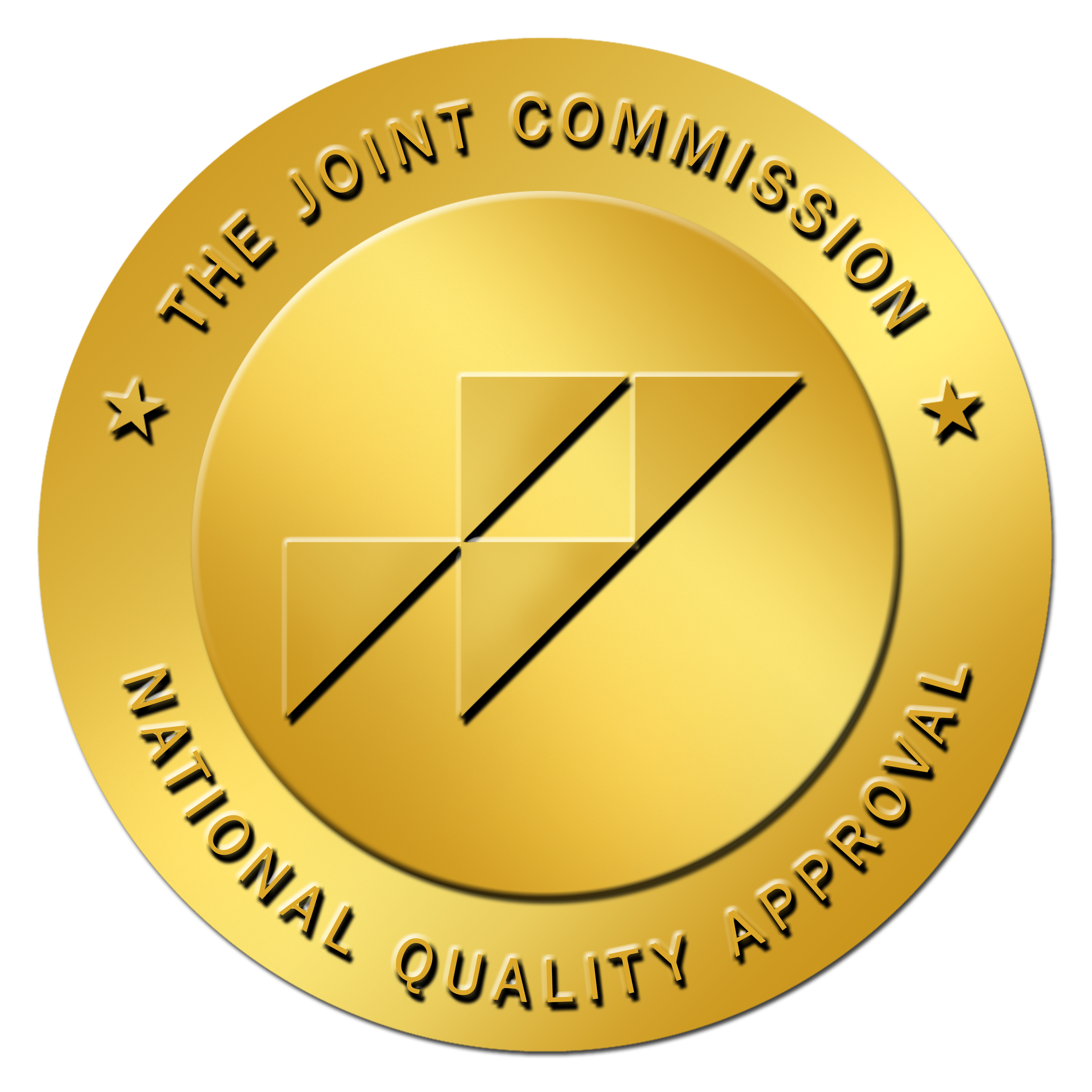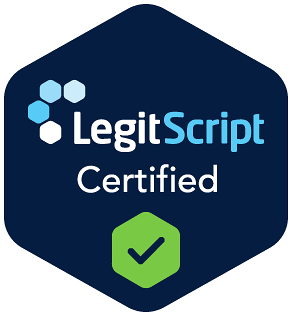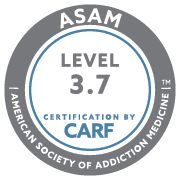
What is Detoxification? Detoxification is the process of removing toxic substances from the body. The liver is responsible for the majority of this process. However, there are many other processes in the body that can aid in the detoxification process. Learn more about them in this article. Here are three ways to detoxify your body. Read on to discover the best option for you. Also, learn about the benefits and risks of each type of detoxification.
Outpatient detox
While there are many different types of outpatient detox programs, each one is designed to meet specific medical needs. Outpatient detox centers will develop a treatment plan for you that takes several factors into account. Some substances are quickly flushed out of your body, while others take weeks to detox. Regardless of the type of detox program you choose, your health and safety are the most important aspects. Outpatient detox centers will make sure that your stay is as comfortable as possible while meeting your medical and personal needs.
Outpatient detox is a less intense form of treatment that is often more effective than inpatient detox. While inpatient care involves a 24-hour commitment, outpatient detox allows you to detox from substances without being confined to a treatment facility. This option is often more economical and easier to manage than inpatient care. However, outpatient detox is not for everyone. Outpatient detox is not for people at high risk of experiencing withdrawal symptoms. A physician will monitor you during your detox, and you will be able to engage in life during the detox process.
During detox, you will have access to medications that may help you manage cravings. Then, you will be taught how to recognize triggers and make good choices. Outpatient detox is ideal for people who do not need the intense medical attention provided by an inpatient facility. It also provides you with ongoing treatment for the recovery process. The program is usually five to seven days long. However, you may need as little as two to three days to begin treatment.
Depending on the type of drug you are addicted to, and your medical history, you can choose between inpatient and outpatient detox. Outpatient detox is generally less expensive and lasts between three and seven days. However, it is possible to get the same results from both types of detox. The time of the detox depends on your age, gender, metabolism, previous drug abuse, and any underlying mental health issues you may have. You can even try an outpatient detox to see if it is right for you.
Inpatient rehab is usually a more intense option than outpatient detox. Unlike an outpatient program, an inpatient facility will require you to stay in the building for the duration of your treatment. An inpatient center is designed for those with serious addiction issues, but outpatient rehab is best for people who have a light addiction or are struggling with a non-life-threatening condition. The benefits of outpatient rehab include the freedom to live your life and attend therapy sessions on a regular schedule.
During the detox process, you will have the opportunity to use medication to reduce the cravings and symptoms associated with withdrawal. Although this method is not ideal for every drug or alcohol addict, it can be a great option for many. Many outpatient detox programs offer medications to help you with withdrawal symptoms, which can be life-threatening. So, if you choose an outpatient detox for a substance addiction, it is important to know the pros and cons of the process before deciding on an outpatient program.
At-home detox
While at-home detox is a viable option for those with a history of substance abuse, it may not be right for everyone. Those who suffer from addiction may need medical supervision for the detox process. It is best to avoid self-detox because it can result in serious side effects. If you can’t go to a detox clinic, you can opt for outpatient treatment. It is best to consult with a doctor before beginning this process.
Although there are many risks associated with at-home detox, many people are tempted to try it. Some people fall victim to the claims made by organizations that distribute these products. Furthermore, some products can be dangerous when used by a person who is not medically stable. Alcohol and certain drugs can lead to fatal side effects when ingested at home. Hence, medical supervision is required. However, at-home detox is a viable option if the person has no other choice.
Patients who are new to substance use may find it easier to go through the process at home. As addiction takes time to develop, it takes a person from experimenting with substances to using them frequently and feeling powerless. This means that the earlier the treatment begins, the more likely the person will be to recover. Additionally, at-home detox may be easier to perform if the person is in a comfortable, secure environment. This option is also convenient for people who have busy schedules or who are unable to stay in a detox center for the duration of the process.
An important aspect of the at-home detox is the amount of time it takes. For most people, a day or two is plenty to complete detox, but it can be much more challenging if the patient has to take time off work. Besides, at-home detoxification can last weeks, months, or even years. And the emotional effects of addiction can last for months. This is why it’s important to have adequate support for your at-home detox.
Home detox is also dangerous for those who are not aware of their underlying medical conditions. Drug withdrawal, particularly with heroin, can cause a number of complications and can even result in an emergency. You don’t have access to the appropriate medication or medical supervision when detoxing from a controlled substance at home. During this time, you may experience extreme cravings and torment, and you may be at risk of experiencing anxiety or depression.
Medically assisted detox
Medically assisted detox involves the gradual withdrawal of a drug or alcohol from a person’s system with the help of medication. Oftentimes, the treatment includes a temporary drug to help with withdrawal symptoms. This supervised process reduces uncomfortable withdrawal symptoms and helps the patient recover in a comfortable environment. Although detoxification can be difficult, it is essential for recovery. Medically assisted detox programs reduce the discomfort of the withdrawal process and provide emotional support and care for the patient.
Patients who choose medically assisted detox will undergo an extensive medical assessment to determine their individual needs. The expert medical team will collect detailed information about the drug or alcohol addiction and the person’s general health. The experts will then use this information to devise a personalized detox plan for each person. Medically assisted detox is usually accompanied by psychotherapy. Counseling sessions can also address emotional aspects of the addiction. This process is not for everyone.
When an opioid user goes through the traditional route of seeking help for addiction, they are likely to use heroin or other substances that are highly addictive. The majority of addicts undergo medically assisted detox. The process is often uncomfortable for the user, but it allows the subject to focus on behavioral and spiritual recovery instead of focusing on the pain of the withdrawal. There are many advantages to medically assisted detox. The goal of the treatment is to stabilize the patient’s physical state and allow them to focus on achieving a positive life without drugs or alcohol.
A person experiencing a medically assisted detox is more likely to complete the treatment successfully than those who do it on their own. This method helps the body return to a normal state, which helps the brain and body heal. Moreover, it is also safer than the traditional method of quitting alcohol and other drugs without the help of a qualified medical team. There are also FDA-approved medications that help patients overcome the withdrawal symptoms. The medications are often prescribed to the individual by their doctor.
During detox, medications are administered to help patients cope with withdrawal symptoms and focus on therapy. Some medications are considered antagonists and prevent dopamine release. Some facilities may also use barbiturate phenobarbital instead of benzodiazepines. Another medication used in medically assisted detox is buprenorphine. It has a long half-life and prevents other opiates from attaching to receptors in the brain. A doctor may also prescribe a mood stabilizer to help with the emotional aspects of withdrawal.
Once a patient has undergone a medically assisted detox, the next step is to find out what medications they need to continue the program. The process should be completed within a week to a month. Once the withdrawal symptoms have subsided, the patient can then move on to a lower-level of treatment. If they are undergoing a medically assisted detox, the staff should be available 24 hours a day. If the individual requires long-term care, they should consider a longer detoxification.






